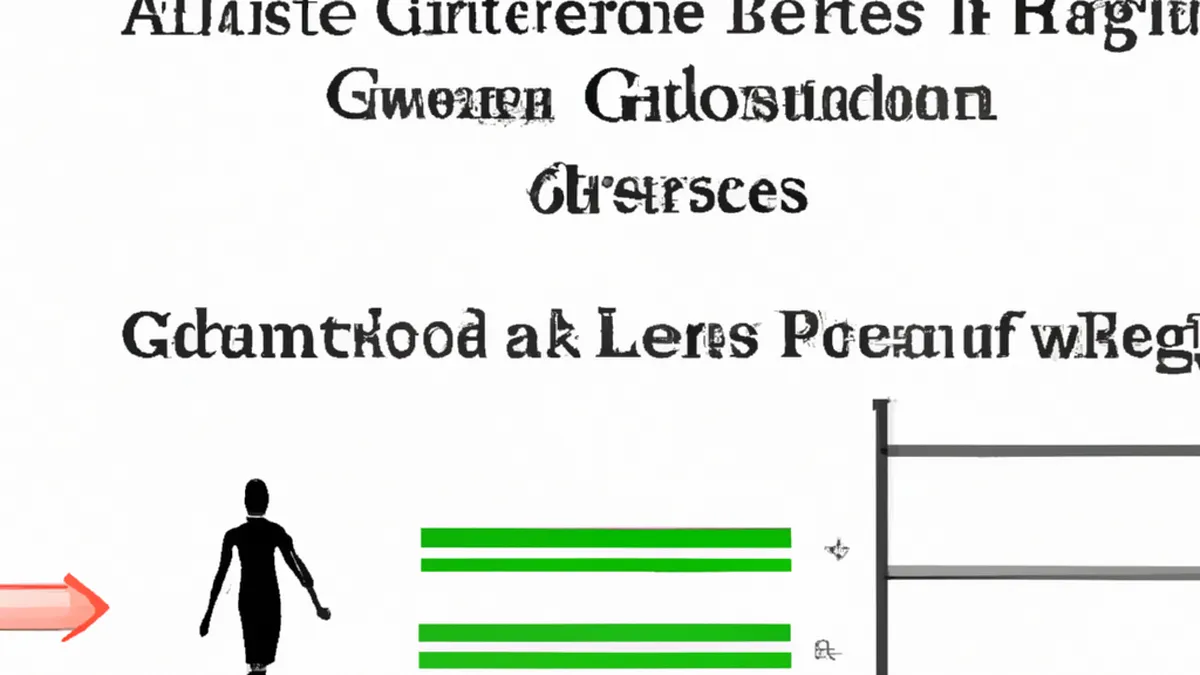Measuring Athlete Performance with Glute Techniques
How to Assess Glute Activation in Athletes: Tools and Techniques
Glute activation significantly impacts athletic performance. Strong glutes stabilize the pelvis, support posture, and enhance movement. Assessing glute activation in athletes optimizes performance and prevents injuries. This post explores tools and techniques for effective glute activation assessment.
Why Assess Glute Activation?
Assessing glute activation helps identify imbalances or weaknesses. These issues often cause compensation patterns and increase injury risk. Athletes with strong glutes typically perform better in their sports. Thus, assessment provides valuable insights into an athlete’s readiness.
The Role of the Glutes in Athletic Performance
The gluteal muscles—gluteus maximus, medius, and minimus—are crucial for movements like running, jumping, and lifting. They control hip extension, abduction, and external rotation. Proper glute activation maintains optimal pelvis and lower back alignment, critical for performance and injury prevention.
Underactive glutes may force athletes to rely on hamstrings and lower back, causing muscle imbalances and higher injury risk. Therefore, assessing glute activation enhances performance and supports long-term health.
Tools for Assessing Glute Activation
1. Visual Assessment
Visual assessment effectively evaluates glute activation. Coaches and trainers observe athletes’ movement patterns during exercises like squats, lunges, or deadlifts. Look for signs of anterior pelvic tilt, excessive lower back arching, or knee valgus. These indicators often suggest poor glute activation, warranting further exploration or intervention.
2. Palpation Techniques
Palpation involves feeling muscle tension during movements. Trainers place their hands on glute muscles while athletes perform exercises like hip bridges or squats. This technique helps gauge muscle activation levels. If an athlete struggles to contract their glutes or shows excessive tension elsewhere, palpation confirms it. This method identifies weaknesses and guides corrective exercises.
3. Electromyography (EMG)
Electromyography (EMG) measures electrical activity in muscles during contraction. Trainers place electrodes on the skin above glute muscles to assess activation levels during exercises. EMG offers quantitative data for precise understanding of glute function. This method benefits research, performance analysis, and advanced training. Though complex, EMG provides invaluable insights.
Conclusion
Assessing glute activation enhances athletic performance and prevents injuries. Use visual assessments, palpation techniques, and EMG to evaluate and improve glute function.
Below are related products based on this post:
FAQ
Why is it important to assess glute activation in athletes?
Assessing glute activation is crucial as it helps identify imbalances or weaknesses that can lead to compensation patterns and increased injury risk. Strong glutes enhance athletic performance by stabilizing the pelvis and supporting optimal movement, making assessment valuable for understanding an athlete’s readiness and overall performance.
What are some common tools used to assess glute activation?
Common tools for assessing glute activation include visual assessment, palpation techniques, and electromyography (EMG). Visual assessment involves observing movement patterns, palpation involves feeling muscle tension during exercises, and EMG measures electrical activity in the glutes to provide quantitative data on muscle activation.
How can glute activation assessment prevent injuries in athletes?
By identifying underactive glutes and correcting muscle imbalances, glute activation assessment helps athletes avoid reliance on other muscle groups, such as the hamstrings and lower back, which can lead to injury. Strengthening the glutes contributes to better posture and movement patterns, ultimately reducing injury risk and promoting long-term health.















Post Comment